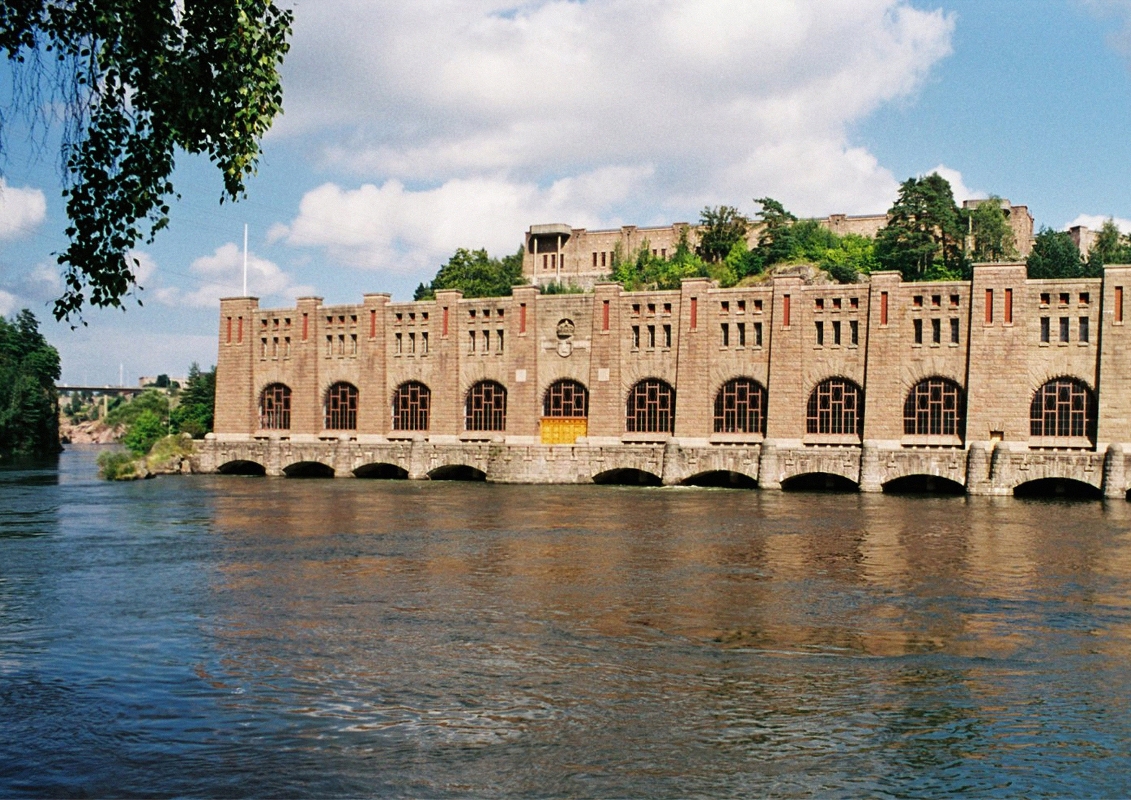Olidan
Facts

Olidan power plant, in the municipality of Trollhättan, was the Swedish state’s first hydro power project. The state had been working on plans to build power plants on large rivers for a long time. However, there were some concerns that there would not be a need for all the electricity generated. In 1905 the government purchased the company Nya Trollhätte Kanalbolag (Trollhättan Canal Co.) which was converted into a state enterprise. In 1909 the company was transformed again and renamed Kungliga Vattenfallsstyrelsen.
While the first four turbines were commissioned in 1910, construction continued and another four were put into operation by 1914. Due to increasing demand, as well as increasing capacity because of the regulation of the river Göta älv, another five were subsequently built. By 1921, Olidan had a total of 13 turbines, seven of which are still generating electricity today.
The river Göta älv
The river Göta älv, where Olidan is situated, originates in Lake Vänern, Sweden’s largest lake. Stretching from Lake Vänern to Gothenburg’s harbour and out into the Kattegat part of the sea, Göta älv carries the greatest volume of water of any river in Sweden and its 44-metre head (drop) is mainly concentrated in the river’s upper stretch at Vargön, Trollhättan and Lilla Edet. For centuries, Göta älv has been a major transport route, particularly since the construction of the Göta Canal.

